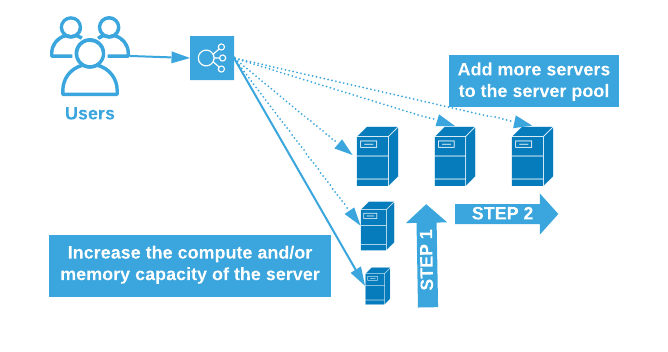FCC moves ahead with relaunch of COVID-19 telehealth program
 (Image by Kilito Chan/Getty Visuals)
(Image by Kilito Chan/Getty Visuals)
This 7 days, the Federal Communications Commission voted to go ahead with Spherical 2 of the COVID-19 Telehealth Program, a $249.95 million federal initiative that builds on the $200 million system set up as element of the CARES Act.
The telehealth system was set up with the intent of supporting providers’ attempts to continue serving patients by furnishing telecommunications products and services, info products and services and all of the required connected equipment throughout the COVID-19 pandemic.
The new application window is anticipated to open up in thirty days of the buy, and the FCC will deliver notice in advance of that day.
FCC Acting Chair Jessica Rosenworcel mentioned in the relaunch announcement that telehealth technologies is a essential component of curbing inequities in obtain to healthcare products and services.
“The pandemic has impacted communities both equally massive and tiny during the nation, from our urban centers to our most rural corners,” mentioned Rosenworcel. “Spherical 2 of this system will mirror this considerably-achieving impression to better assure that just about every point out and territory can be permitted for funding.”
What is THE Effects?
Relatively than operating through grants, the COVID-19 Telehealth Program is as an alternative a reimbursement system that jobs companies with submitting bill forms and other documentation to receive compensation for telehealth-connected bills.
The preliminary $200 million was appropriated last yr by Congress through the CARES Act and assisted to kick-get started the system through the FCC’s Wireline Opposition Bureau. The agency ran out of dollars in July 2020 soon after issuing awards to 539 applicants. The preliminary system sought to combat the COVID-19 crisis by bankrolling telecommunications equipment and products and services for qualifying healthcare companies.
Spherical 2 consists of a variety of tweaks, together with a procedure for score applicants that prioritizes really hard-hit and very low-income parts, tribal communities and these in supplier scarcity parts, as effectively as tasks that had been not permitted throughout Spherical 1.
The application deadline is intended to assure that tasks are reviewed all at the same time, instead than as they are submitted, as was the case in the very first spherical. Funding will be awarded in two phases.
This two-stage procedure was devised to aid speedier funding to permitted tasks, and to give other tasks breathing home to post much more info to qualify in time for the next stage.
The preliminary system funded tasks in forty seven states but remaining out Alaska, Hawaii and Montana. That will be corrected this time all over, in accordance to the FCC.
THE Bigger Development
As a scalable option to in-human being treatment, telehealth has been thrust into the spotlight throughout the prolonged months of the COVID-19 pandemic. Main products and services have claimed skyrocketing volumes of visits more than the past yr.
In September 2020, Doximity’s 2020 Condition of Telemedicine Report discovered that last yr virtual treatment was anticipated to account for much more than twenty{bcdc0d62f3e776dc94790ed5d1b431758068d4852e7f370e2bcf45b6c3b9404d} of all health-related visits in the U.S., which in transform was projected to travel $29 billion in full healthcare products and services.
Up to $106 billion of latest U.S. healthcare expend could be virtualized by 2023, the report discovered. This highlights the substantial premiums of adoption amid both equally patients and physicians, and the impetus felt amid companies to provide protected, protected and uncomplicated-to-use virtual products and services as the demand from customers for telehealth continues to expand.
In August 2020, the Countrywide Poll on Wholesome Growing old discovered that affected person comfort and ease degrees with telehealth have amplified. Again in 2019, most more mature older people expressed at least a single significant concern about making an attempt a telehealth take a look at. But by mid-2020, the share with such concerns had eased.
Retail giant Amazon is even muscling into the telehealth arena, signaling its intention this thirty day period to broaden its Amazon Treatment app-based mostly telehealth products and services to its workers and to other companies throughout the U.S. – products and services that to day have only been out there to the retail giant’s Washington-based mostly workforce.
Amazon will be signing up for with other telehealth applications that are entering the national stage. Electronic retail pharmacy NowRx not long ago introduced it would be expanding into telehealth, beginning with pre-exposure prophylaxis.
In opinions produced March 31 about the White House’s proposed $2 trillion American Jobs System, a senior Biden Administration official mentioned increasing obtain to broadband Web is a leading target going ahead – nevertheless the approach has obtained pushback from GOP officers who decry the plan of taxing organizations and the wealthy to pay for it.
“Suitable now, you know, we have witnessed in this crisis people who lack obtain to Web, lack obtain to the modern economy,” the official mentioned. “Web is the electrical energy of the twenty first century. This approach would obtain the target of common obtain to reasonably priced broadband in this ten years.
“We have witnessed in stark conditions the impression that our ailing and ageing electric power procedure applies to our economy and to our people, costing people billions of dollars each and every yr.”
Twitter: @JELagasse
E mail the writer: [email protected]








